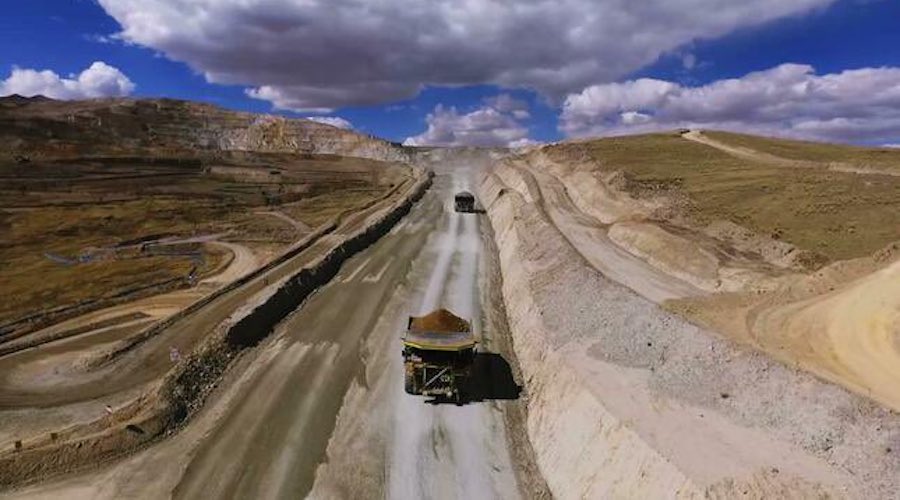
But according to Jacinto Lima, head of Challhuahuacho, his community has agreed to halt any planned protest action while the company assesses the proposal – included in the MoU – of hiring more locals until at least 50% of its workforce is comprised of people from Challhuahuacho.
Lima and his team also asked the miner to provide training opportunities, disclose the number of locals it currently employs and involve the Ministry of Production in the negotiations.
Talking to Peru 21 newspaper, Lima said that the discussions around employment were pending since December 2021, when the Presidency of the Ministers’ Council cancelled a meeting with him and other community leaders.
Back then, the PCM was dealing with the actions of Chumbivilcas residents who blocked the corridor for over a month to express their dissatisfaction with Las Bambas’ involvement with and compensation to local communities. These actions forced the giant copper mine to shut down on December 18 but after a series of negotiations, it was able to restart on December 30, 2021.
The PCM’s decision to postpone the dialogue with Challhuahuacho leaders, however, was not well received and the activists warned that if their demands were not met, they would start a new blockade in the Southern Mining Corridor and even take over the Las Bambas camp.
Yet, following the signing of the MoU, a new protest action is no longer a possibility.
A new meeting, where MMG is expected to present its own proposal to Challhuahuacho, is scheduled for February 16, 2022.
Las Bambas accounts for 2% of the world’s copper supply and produced about 290,000 tonnes of copper concentrates up to December 18, 2021.
Peru, on the other hand, is the world’s No. 2 copper producer.




